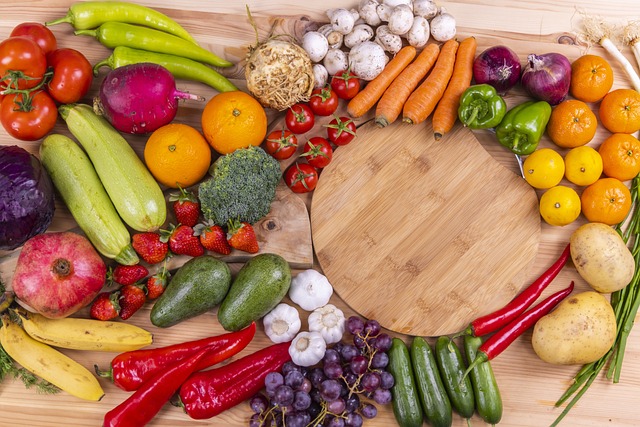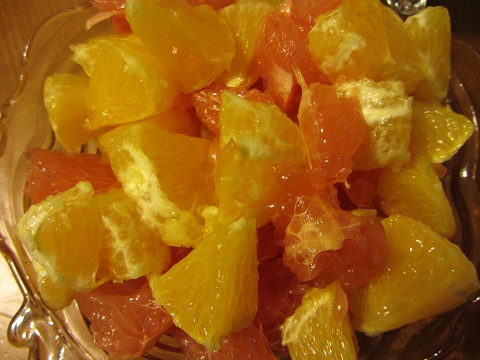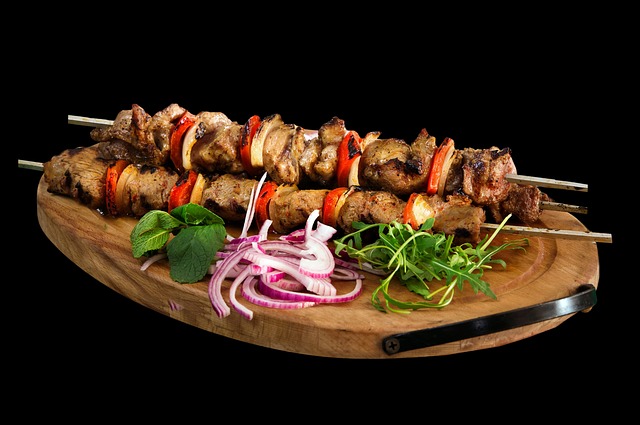Nutrition Basics
NUTRITION BASICS: Nutrition is the study of foods, and how they work in our body. It is the study of the macronutrients of Protein, Carbohydrates, and Fats that we are all familiar with, as well as the study of the micronutrients of Vitamins and Minerals that we all know we need for health.
It is also the study of a new class of chemicals called phytonutrients or phytochemicals that are chemicals found in fruits, vegetables, nuts and beans. There are thousands of these phytonutrients, and they may play a big part in our health. Studying nutrition is a very exciting and growing field! Helping people make Lifestyle Solutions for their health is both rewarding, and satisfying!
USDA Dietary Guidelines
Every five years the USDA recommends new Dietary Guidelines for Americans. The new revised edition has just been released on January 31st, 2011. There are three major goals for Americans:
- Balance calories with physical activity
- Consume more of certain foods and nutrients such as fruits, vegetables, whole grains, fat-free and low-fat dairy products, and seafood.
- Consume fewer foods with sodium (salt), saturated fats, trans fats, cholesterol, added sugars, and refined grains.
The dietary guidelines also include 23 key recommendations for the general population, and 6 recommendations for specific population groups (pregnant or over 50 crowd) to help people choose an overall healthy diet. They cover:
- Balancing Calories to Manage Weight-4 Recommendations
- Foods and Food Components to Reduce-7 Recommendations
- Foods and Nutrients to Increase-9 Recommendations
- Building Healthy Eating Patterns-3 Recommendations
*****
A new food pyramid is due out this year also with new food guidelines. Servings are included in ounces for the grain group and meats and beans group; and cups for fruits, vegetables and milk groups. There is an oils group, and a discretionary calories group that recommends a small amount of 100 to 300 calories to be used on foods with fats or sugars, like desserts.
These servings may be confusing to many people because they do not weigh their food, and there is not consistent food labeling on products. Who knows what 6 oz. of grains is? It is actually your daily allotment for grains. A one ounce serving of grains is 1/2 cup of cooked pasta, rice, or cereal; one bread slice or one cup dry cereal. But, all bread is not the same. Some bread is 45 calories per slice, and a bagel is 340 calories, or 5 times more. Yes, many bagels are actually 5 grain servings! The guidelines do explain what the serving sizes mean, but there can be differences. Confusing!
Milk products are measured in cups. We need 3 cups per day, but that is not referring to cheese, which is 1 1/2 oz. low-fat or fat-free cheese, or 2 ounces processed or packed cheese. Confusing!
The new nutrition information notes that portion sizes are important. If you eat the right foods, but eat too many of them, you could gain weight. There might be a big difference though between what we think is a healthy portion, and the recommended portion size. There is a lot of room for confusion!
Let's hope they work out the bugs, so we can all develop healthy diet habits!
*****
For additional information see:
Facebook - Like This Page?
Facebook - Like This Site?
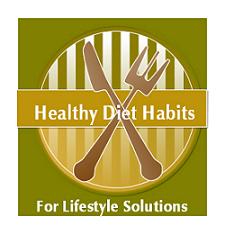
Please Check out my other Website!
We will be moving the Healthy Diet Habits Website to the Holiday site!

US and Around the World - Includes the many Health Awareness Days/Weeks/Months
Lots of Food Holidays and Holiday Food Tips!!
Related Pages
Healthy Eating
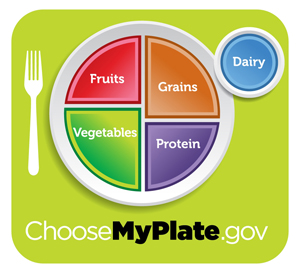
- Food Guidelines
- My Plate Guidelines
- Fruit Guidelines
- Vegetable Guidelines
- Grain Guidelines
- Protein Food Guidelines
- Beans
- Dairy Guidelines
- Oil Guidelines
- Empty Calories
- Mediterranean Food Guidelines
- Eat Right America Program
Nutrition
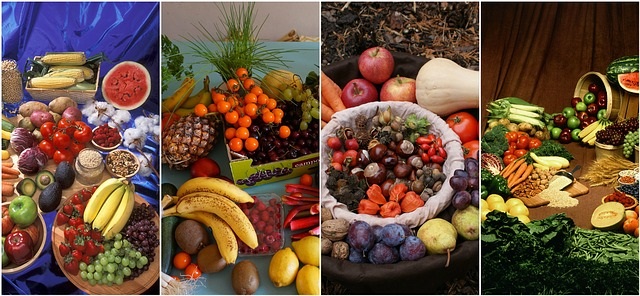
- Nutrition Basics
- Calorie
- Calories and Money
- Calorie counts of Foods per Pound
- Half Plate Rule
- Protein
- Fats
- Carbohydrates
- Glycemic Index
- Glycemic Index Chart
- Glycemic Index Diet
- Fiber
- Increase Fiber
- High Fiber Food
- Sugar
- Sugar Substitutes
- Food Cravings
- Meaning of Food Cravings
- Ending Food Cravings
- Carbohydrates and Weight Gain
- Processed Foods
- Real Foods
- Salt
- Vitamins
- Minerals
- Phytochemicals or Phytonutrients
- Nutrition Confusion
- Dietary Problems
